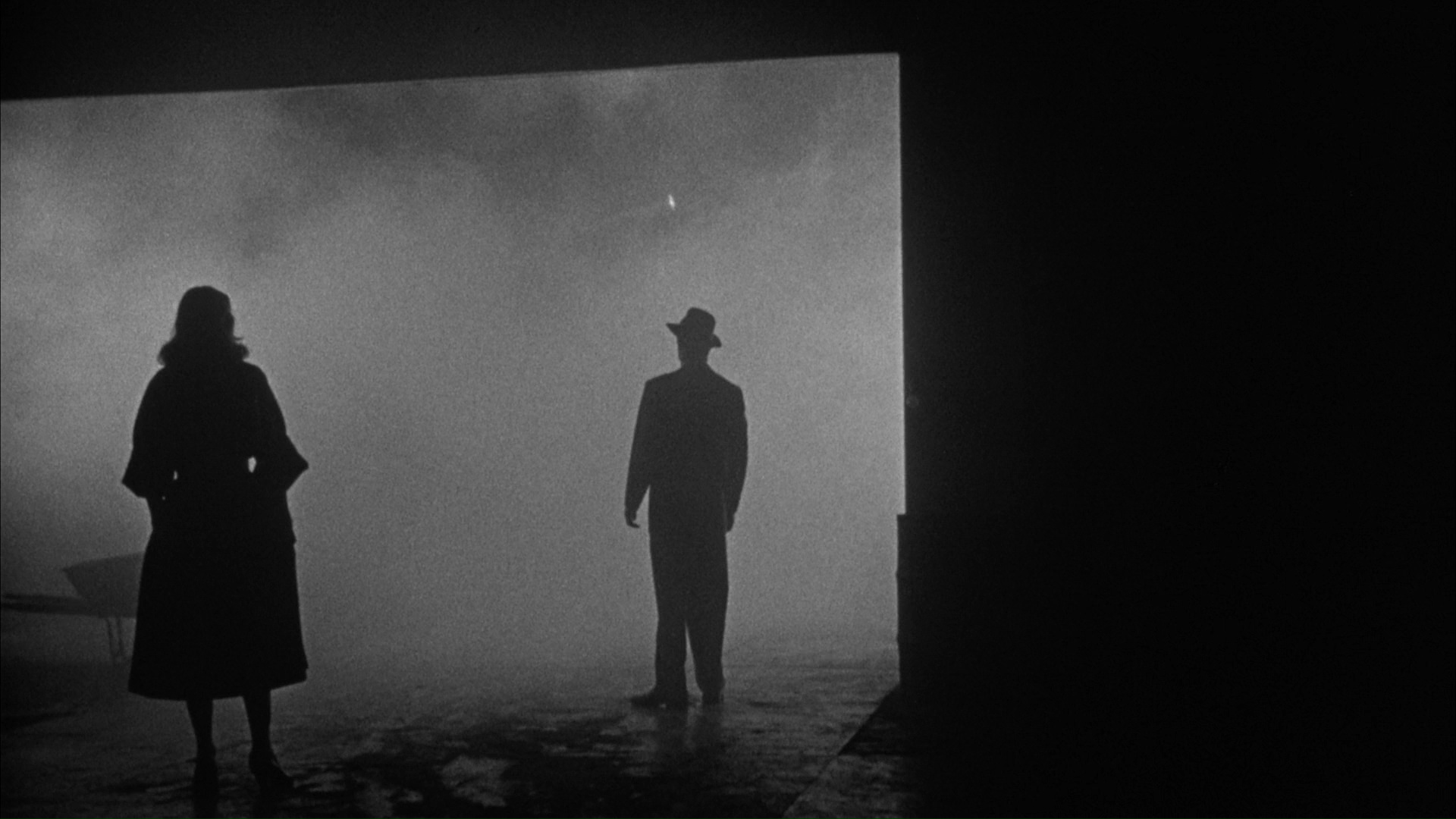Time of filming - Evening/Night - Dark, Use of the light from the moon.
Shot from murderer to the victim, then shot from where the victim was placed looking up to the murderer to show the dominance. But having the murderer in a silhouette, we wanted to hide their identity. Otherwise known as a point of view shot from one character to another to automatically show the dominance or lack of in this case.
Then, keeping the camera on the point of view shot from the dead victim, the murderer is then running away, keeping the shot on the murderer as they are running away. From that point of view shot, we then change to an establishing shot to emphasis the sense of panic coming from what the murderer has just done. This will still be in the dark and will try and keep the slight silhouettes from the light from the moon contrasting onto the characters, if not then we have to bring in unnatural light.
The shot is then moved from the establishing shot to another point of view shot coming from the victim and to show the rush of panic by moving the camera enough to show the effect of the person running. This can be very hard to do and will have to take some research into how it can be filmed, is it effective enough?
The POV shot is then thrown to the floor into the leaves on the group to show the character falling down and becoming unconscious which then links well into how we wanted to show the next part which was that the camera was then going to tilt up into daylight to show the contrast from night to day as well as having that human quality like the audience was the character.
This is when the audience find out that the murderer is the femme fetale. The reason why is when there is the first shot in daylight, there is a shot of the clumsy detective who asks if the person is okay and asking why they were laying in the middle of the woods. A shot reverse shot is then tossed from character to the other to show a small section of dialogue which is the first real conversation with dialogue put into a normal conversation in this OTS. From the start of this OTS to this point, we are going to look into different types of non-dietetic music which could fit in well with the murder but we are also going to try it with no music at all to see the contrast.
We then have a fade out from the scene in the woods, still keeping with the shot reverse shot so we may end up with looking at the clumsy detective from the femme fatales shoulder, fade out and then to go to same shot but in the interrogation room. This then keeps the shot reverse shot still working as some pieces of dialogue about the situation is talked about. As the main detective doesn’t think that the femme fatale had killed the person and thinks that somebody else who was already in the woods was the murderer so uncertain mid shots of the detective can really show the difference and breaking the conventions in a typical film noir.
The clumsy detective then tries to investigate more and tries to find enough evidence by making the shots into mid-shots and almost have an effect of jump shots from moving in gradually on each character so we can show the tension.
This is how we are going to end it to have that sense of suspense as well as this only being an opening title sequence.
